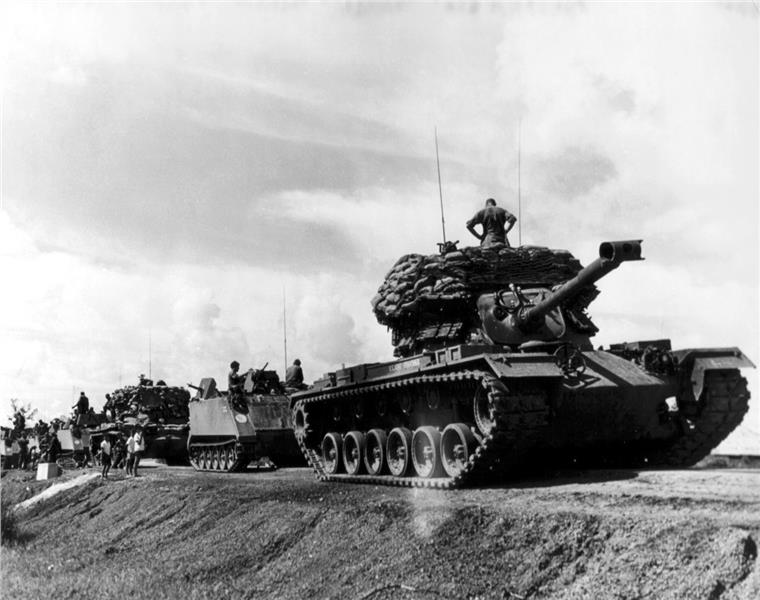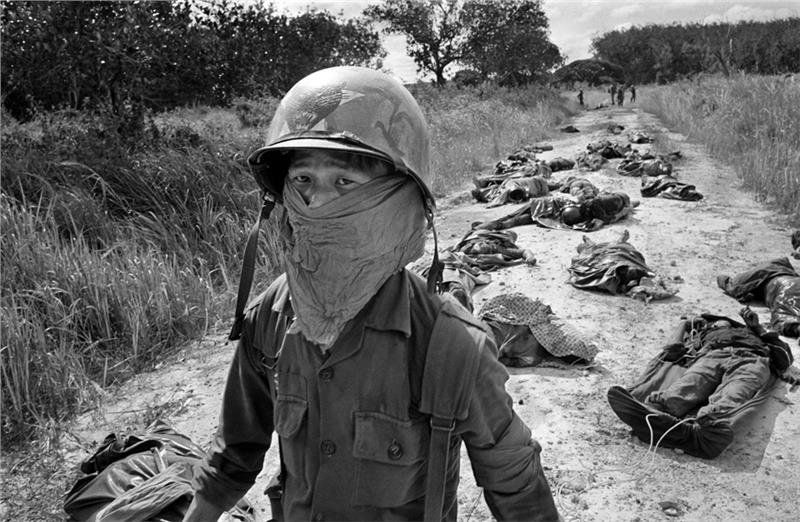Vietnam War is called in various names. The war has been differently termed Second Indochina War, Vietnam Conflict, Resistance War against America and Vietnam War. Vietnamese people often call this war “American War” or more formally as Resistance War against America, while Americans and other countries call the war “Vietnam War”, or “Vietnam Conflict”. These names have been changed over time, even though Vietnam War is the most common designation in English for the war.
In Vietnamese press, the Resistance War against America is used to name the war. Its meaning is to distinguish other resistance wars occurring in Vietnam against France, Japan, Mongol, and China. Yet, the name “Resistance War against America” is seen not to be neutral, as there were Vietnamese people joining the war with American. Some international scholars use “American War” to label two struggles from 1945 to 1975 in Vietnam. As apart from aiding and fighting directly in the second struggle with the Republic of South Vietnam, American government had provided financial and weapon supports for France in the first struggle in Vietnam. However, this name is rarely used because in this war, there were also financial and military supports of China and Russia for the Democratic Republic of Vietnam, so that the American war in Vietnam should have been called wars of China and Russia (Chinese War or Russian War). In term of terminology, international scholars and journalists often use “Vietnam War” for its international feature. In addition, Vietnam War means war in Vietnam, not in other places.

Meanwhile, Vietnam Conflict is widely used in a U.S title. The term endorses that the U.S Congress never declared war in Vietnam. They officially considered the struggle from 1955 to 1975 a conflict. So, why Vietnam War is called Vietnam Conflict? Technically speaking, the US government said their soldiers were there for composing the spread of communism in southern Vietnam. They called Vietnam Conflict to prevent American troops being thought to be aggressive and appealed to the isolationists still in America. According to the Constitution of United States, the Congress should have required to pass a Declaration of War before the war happened. As there was no Declaration of War ever given by the Congress, the President's decision to enroll "the enemy" in Vietnam is not a de jure war even though it is a de facto war.
The less common name of this war is the Second Indochina War. This name is used to distinguish the first Indochina War from 1945 to 1955, and the Third Indochina War from 1975 to 1989 with conflicts in Cambodia and northern border of Vietnam. The first struggle (1945-1954) between French colonists and resistance movements for independence of Vietnamese, Cambodian and Laotian peoples is often called Indochina War. To each country, this struggle is termed differently, but the same meaning. For example, in Vietnam, this struggle is called the anti-French resistance war, or Vietnam- French War. When the struggle from 1955 to 1975 occurred in Indochina Peninsula, it is called the Second Indochina War. This name is partly right. However, during this time, the participations and time of the war were different from the previous one. In Indochina battle, the United States replaced France, but directly fought in Vietnam, not in Laos and Cambodia. The first Indochina War was officially solved by Geneva Conference in 1954 with focal Vietnam. In the second war, solutions for each Indochina nations were given in different: Geneva Conference in Laos (1962), Paris Peace Accords in Vietnam (1973), and Paris Peace Accords in Cambodia (in 1991). Yet, the second struggle in Indochina is still called the Second Indochina War as for its general meaning of this battle.

According to the documents of United States Department of Defense, Vietnam War is seen to start on November 1, 1955 when the U.S Military Assistance Advisory Group was established to support the Republic of Vietnam. This struggle ended on April 30, 1975 when the president of South Vietnam, Duong Van Minh surrendered the National Liberation Front. Provisional Revolutionary Government of the Republic of South Vietnam took over the South Vietnam until reunification. In 1976, an independent nation of Socialist Republic of Vietnam was born.
